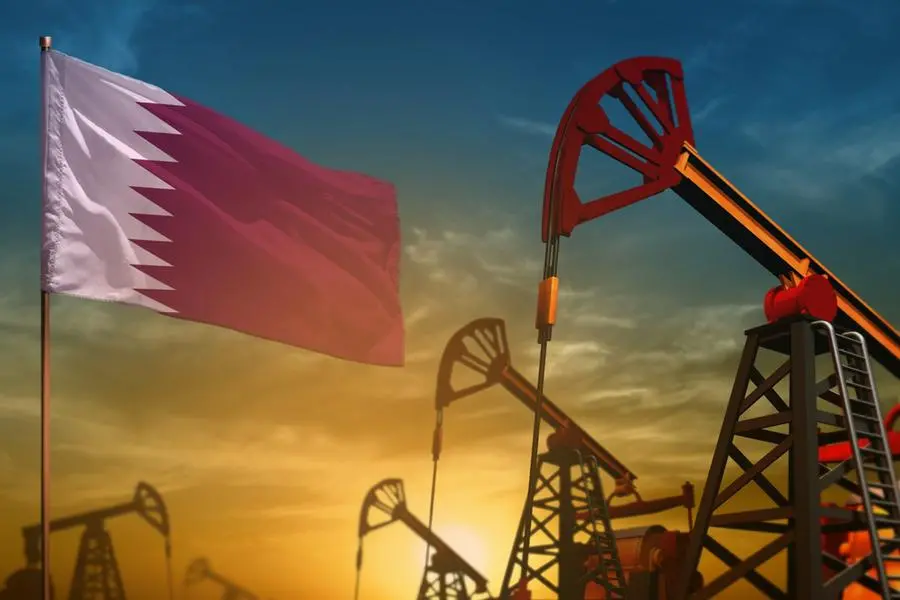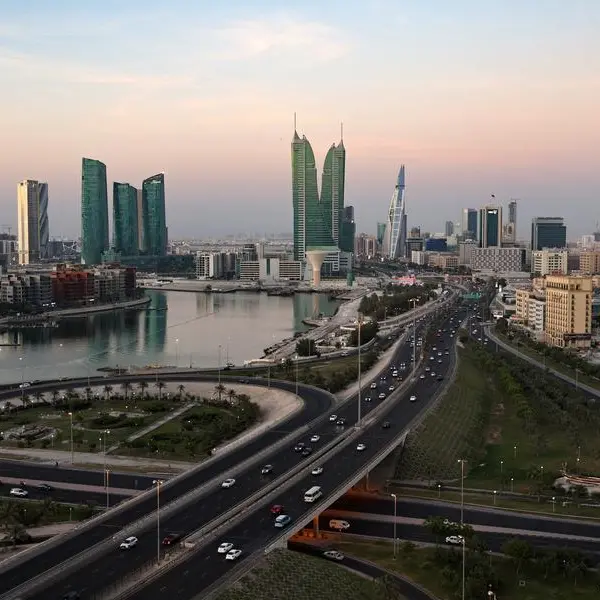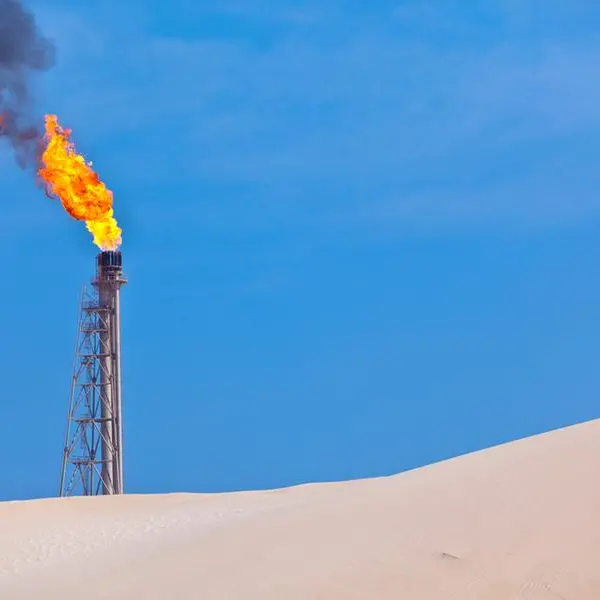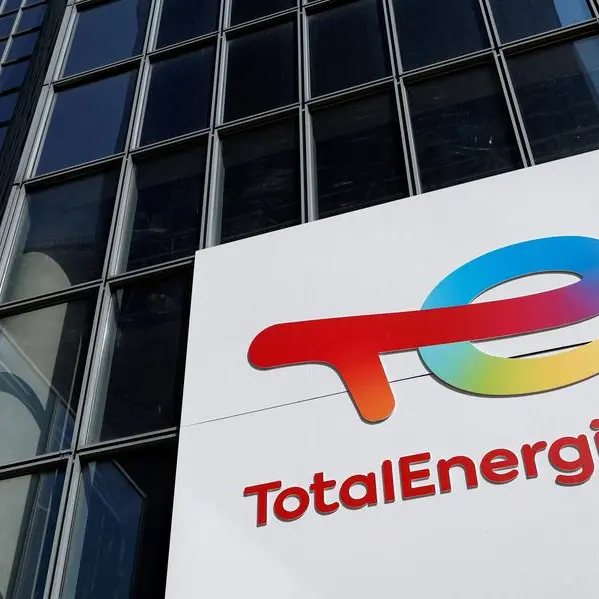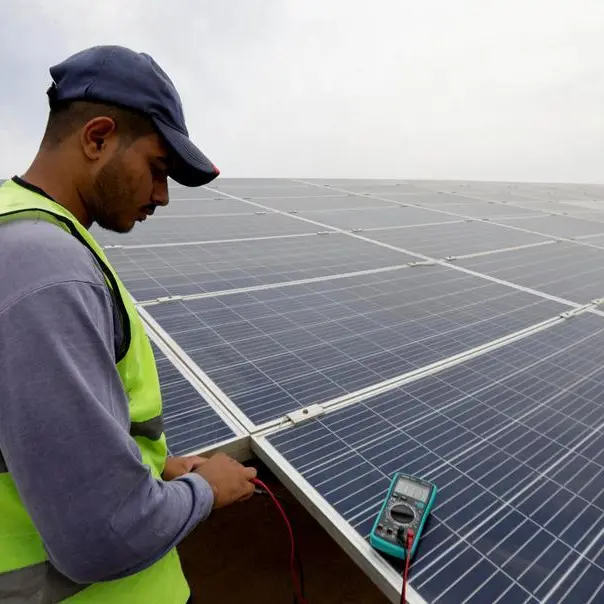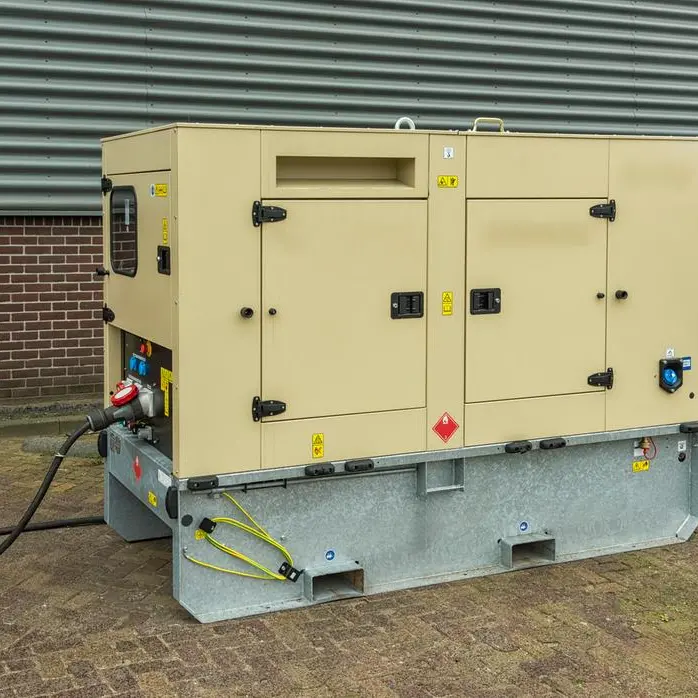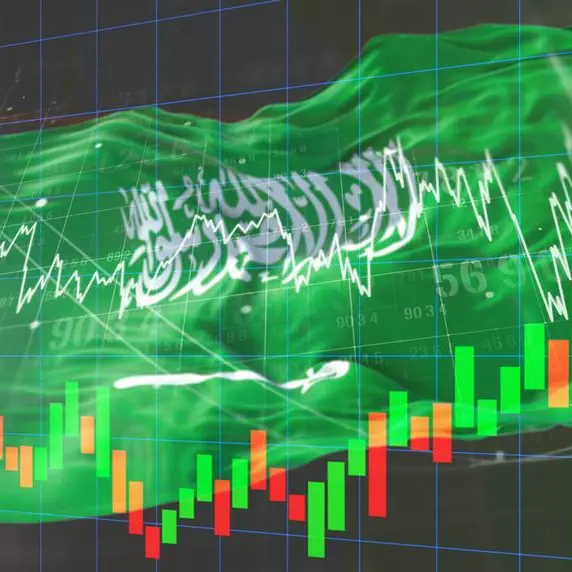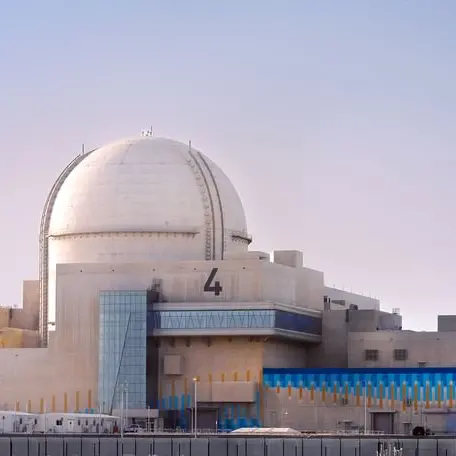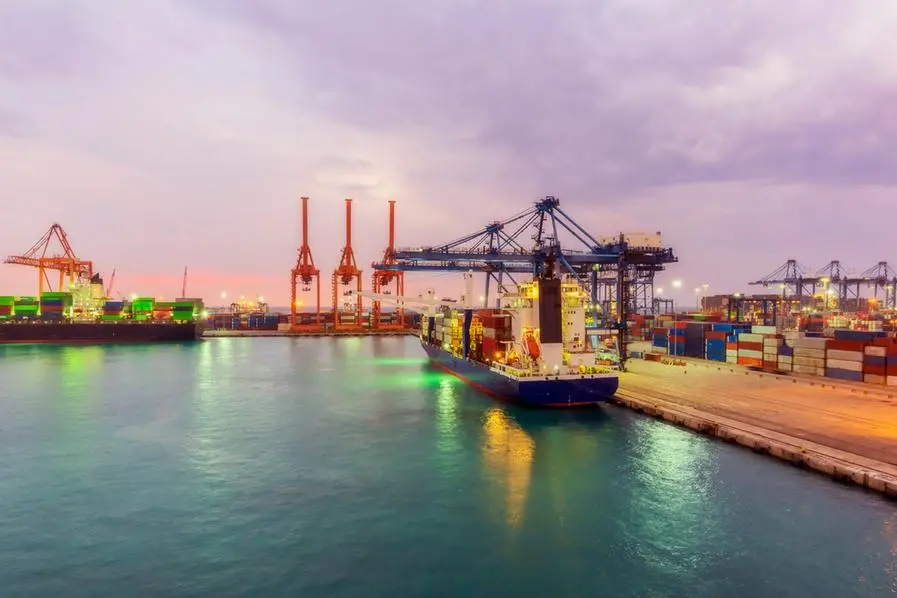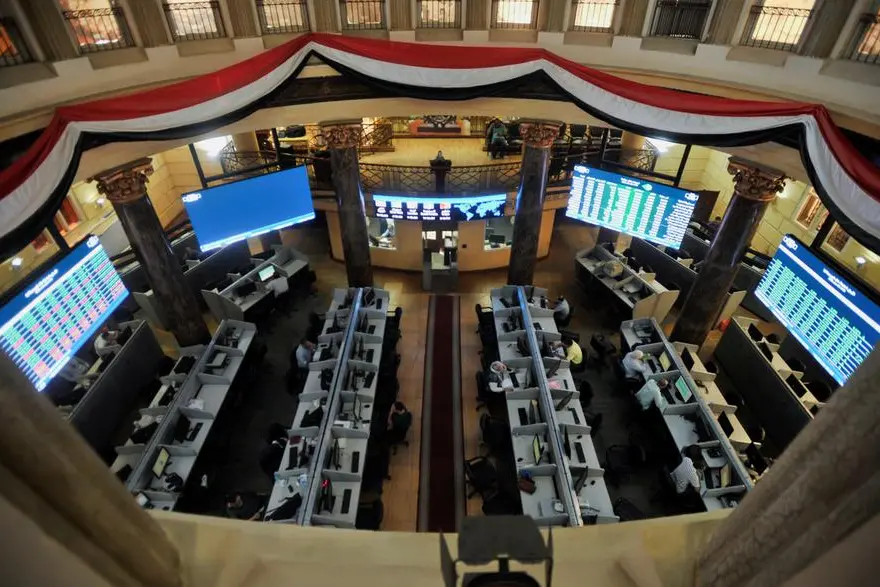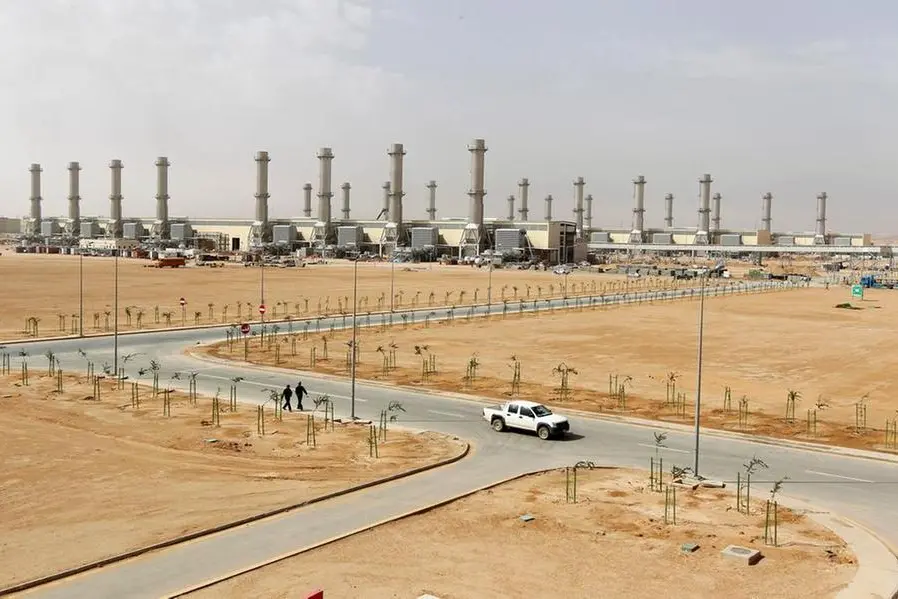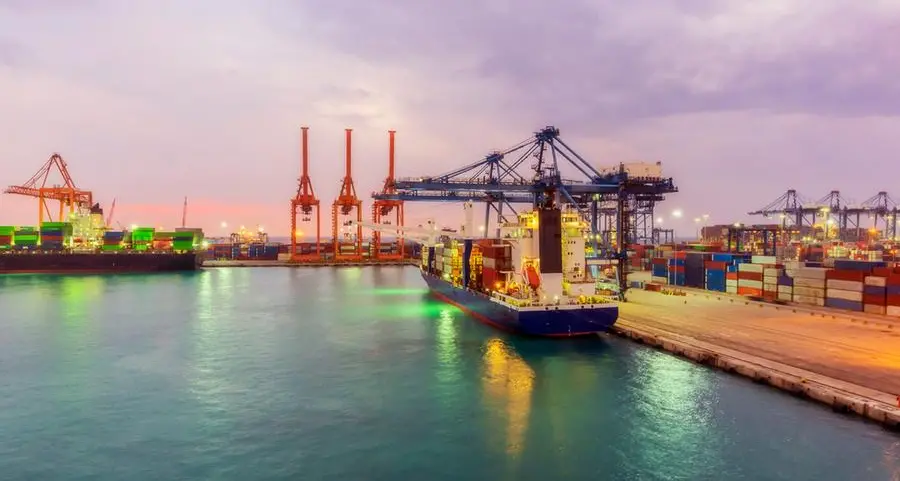PHOTO
Doha, Qatar: Qatar has achieved an impressive increase in its natural gas production, surpassing five-fold growth over the past two decades. The country is now on a trajectory to significantly boost its natural gas production with an anticipated 70 percent increase by 2050, according to the 8th edition of Gas Exporting Countries Forum (GECF) Global Gas Outlook 2050.
This substantial rise is expected to be spearheaded by two massive expansions in the world’s largest natural gas field, the North Field. The outlook takes into account the commencement of the North Field East and North Field South expansions, scheduled for 2026 and 2028, respectively.
Qatar is actively investing in eco-friendly measures to reduce its carbon footprint. These initiatives include a focus on carbon capture and storage, as well as efforts to reduce methane emissions.
The major natural gas producing regions, Eurasia and the Middle East are projected to observe high growth leading to a staggering share of 43.2 percent of global gas production in 2050. Considering the expected high growth in Africa, driven mainly by offshore natural gas production, the three regions are set to hold the majority of natural gas production, accounting for 53.6 percent of global gas supply.
The growth in natural gas production within the region is expected to be primarily driven by non associated conventional gas projects, particularly in Iran, Qatar, Saudi Arabia, and the UAE.
Simultaneously, associated natural gas production in the region is set to predominantly be propelled by Iraq. Conventional gas production is set to lead the growth in gas production in the region, accounting for a substantial 94 percent of the total gas production growth until 2050. Iran, Qatar, and Saudi Arabia are to be at the forefront of this gas production expansion. The unconventional tight gas resources are expected to gradually contribute to production growth in the region, primarily from Oman, Saudi Arabia, and the UAE.
The report further said, in Qatar, natural gas demand is set to grow by 18 bcm over the outlook period. Most of additional demand comes from rising gas use linked to energy sector-related needs amid the expansion of LNG export production capacity. Moreover, the country is exploring ways to diversify the economy and investments in low-carbon gas-based solutions are key to this diversification. In this context, blue hydrogen generation and its derivatives are poised to present additional natural gas demand growth opportunities.
Qatar recently unveiled plans to build the world’s largest blue ammonia plant: scheduled to be operational in 2026, the facility is expected to generate sales of 1.2 MT per year. In its turn, the power generation sector is forecast to provide a slight increase in natural gas use due to rising renewable capacity.
The country targets 5 GW of solar by 2035. The 800-MW Al Kharsaah solar PV plant was commissioned in 2022.
Two additional solar power projects in industrial cities, Mesaieed and Ras Laffan, with a combined capacity of about 880 MW are planned within the next two years.
The Middle East could potentially add over 130 Mtpa in liquefaction capacity by 2050, primarily driven by Qatari expansion projects.
The forecast for the Middle East’s long-term average annual growth rate until 2050 is set to stand at 2.6 percent. This projection signifies a notable slowdown compared to the historical output growth of the region.
Notably, the primary contributors to domestic production in the Middle East are expected to be the oil- and gas-exporting countries, including Qatar, Saudi Arabia, and the UAE, collectively accounting for more than 55 percent of the region’s economy throughout the years leading up to 2050.
It is worth noting that these economies are projected to experience a mild slowdown in their economic growth potential over the coming decades. However, efforts toward economic diversification and the promotion of non-oil and non-gas GDP, particularly within the manufacturing sectors, have the potential to mitigate the pace of this deceleration in the years to come.
Driven by projected increase in natural gas demand, global natural gas production is forecast to rise by 1.3 tcm between 2022 and 2050, reaching 5.3 tcm by 2050.
© Dar Al Sharq Press, Printing and Distribution. All Rights Reserved. Provided by SyndiGate Media Inc. (Syndigate.info).
